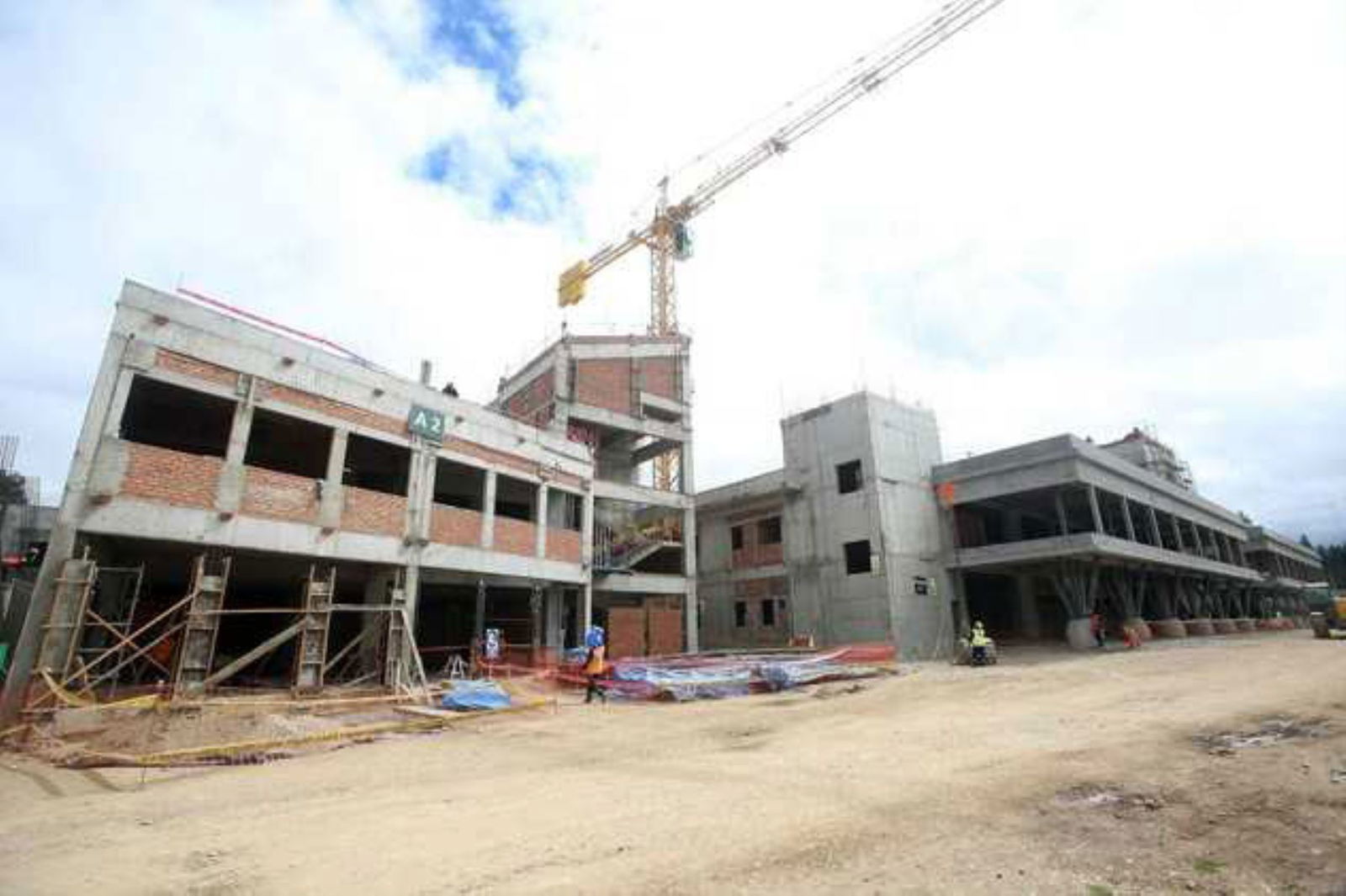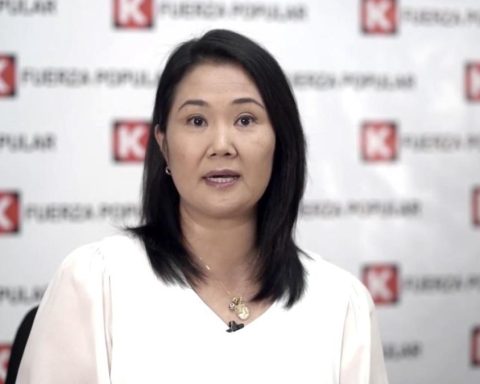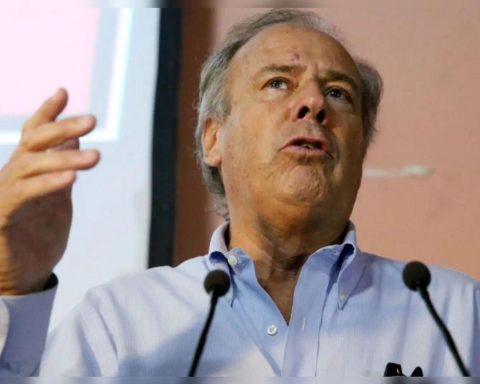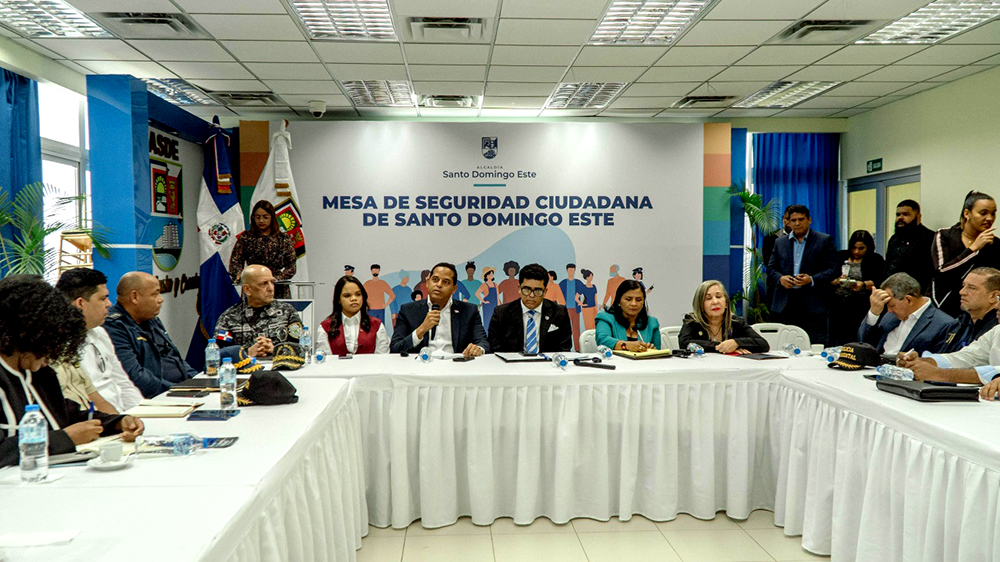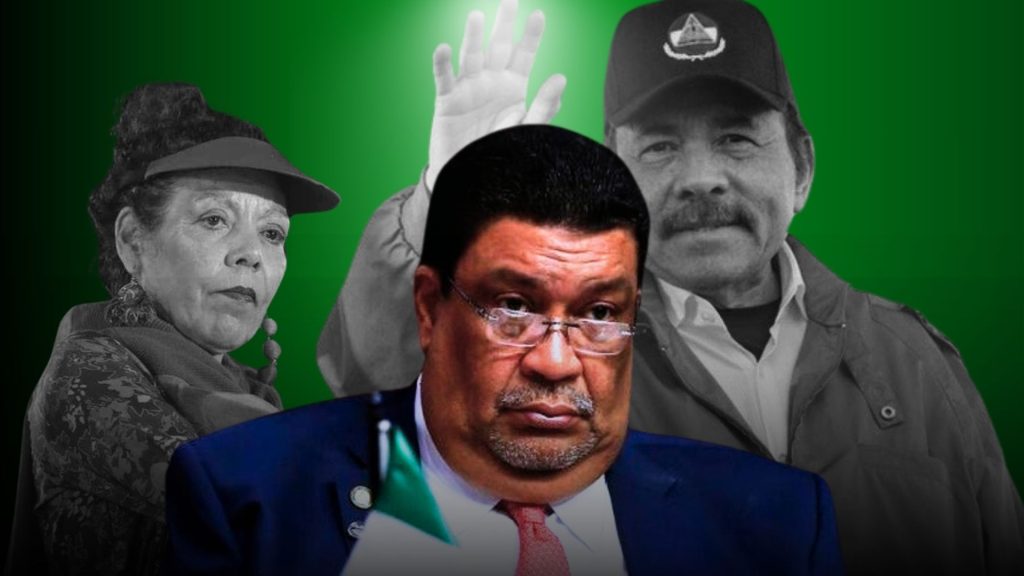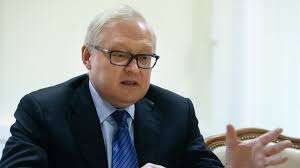BY TAXPAYERS ASSOCIATION
Boluarte announced, in his nearly five-hour message to the Nation, the creation of the Ministry of Infrastructure. It was never intended to reduce bureaucracy; it was only intended to increase it further. Thus, the proposal was strongly criticized by experts, because it only represents an unnecessary expansion of the State, which would translate into more bureaucracy and payroll expenses.
Look: Tambo Manager: “We hope to open 50 stores each year”
According to Gabriela Llontop, an analyst at Contribuyentes, apart from other obstacles and negative externalities, “the creation of this portfolio would represent an additional administrative cost of approximately S/169 million annually for taxpayers, an amount that excludes operational costs derived from the management of infrastructure programs and projects.”
We must remember that, currently, even though economic growth is weak, the Peruvian government wants to burden the middle class with more taxes, only to spend them on current expenses and payroll expenses. Today, 7 out of 10 soles of our taxes serve only to maintain the state bureaucracy, not for public investment projects or social programs, items in which the various state entities either return the money or waste it.
For its part, the Peruvian Institute of Economics (IPE) establishes that the indiscriminate creation of ministries without technical support generates unnecessary changes in the structure of the public administration, a fact that reflects a lack of planning and, in turn, would cause significant costs without providing real value. In addition, the new Ministry of Infrastructure would generate duplication of functions because it would absorb tasks already carried out by entities such as the National Infrastructure Authority (ANIN) or Agro Rural, attached to the Ministry of Agrarian Development and Irrigation (Midagri).
According to the chief economist of the Taxpayers Association, Camila Costa, the creation of this portfolio is also synonymous with fragmentation of the tax system. infrastructure in the country, since it is not known what relationship the Ministry of Infrastructure would have with the Ministry of Economy and Finance (MEF), which is responsible for budget allocation for investment projects.
Look: Ipsos survey: 42% say they have not been able to eat on occasions due to lack of money
“Without effective coordination between the new ministry and the MEFthere is a high risk that investment decisions become politicized, which could lead to an inefficient allocation of resources and the perpetuation of structural problems in the execution of public works,” he said.
Along the same lines, the expert pointed out that “the creation of a new ministry could divert attention from the structural reforms necessary to improve the management of public infrastructure in Peru.” Therefore, she suggests that, instead of continuing to expand the state apparatus, the most efficient solution to close the infrastructure gap in Peru lies in simplifying administrative procedures and promoting private investment.
“Excessive state intervention has proven ineffective in solving infrastructure problems; on the contrary, it has created an increasingly complicated environment for investors,” he concluded.
Take advantage of cyber HERE and receive our digital newspaper from S/ 54 for a whole year!
RECOMMENDED VIDEO
